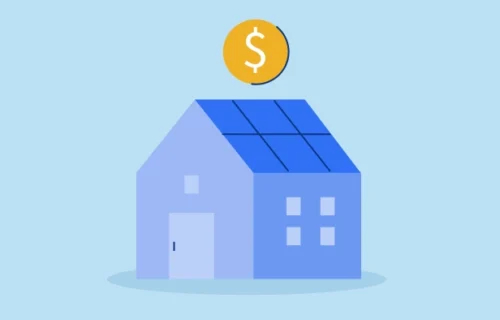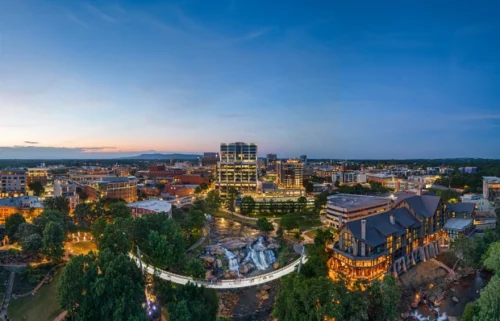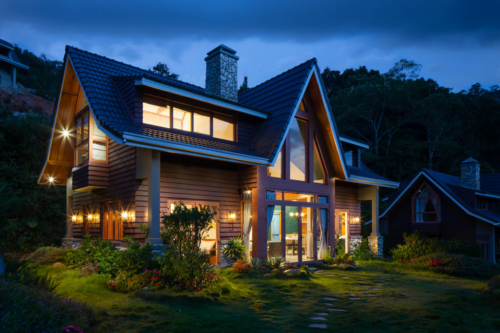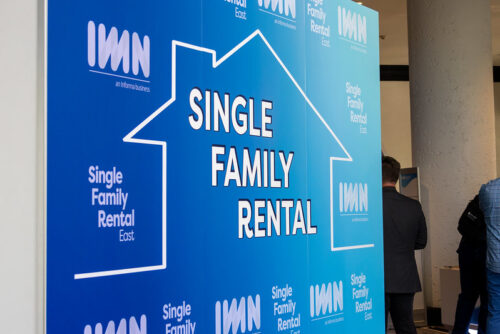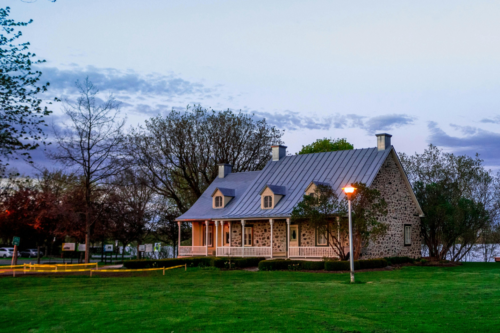
Connect with a Lima One expert today!
If you’d like to know more about this topic or see how it applies to your project, let’s talk.
Expert InvestorsReal Estate 101
ARV Real Estate Calculations
7 Factors Real Estate Investors Commonly Overlook When Calculating ARV
Are you considering a fix and flip loan as a real estate investment? If so, you will need to estimate the expected value of each potential investment property after repairs have been made so you can decide which properties will generate the highest profit. This after-repair value, known as ARV, will determine how much you can borrow to finance the investment, how much you can expect to sell the house for, and how much profit you can make.
But ARV isn’t always easy to determine, and it’s easy to overlook relevant factors that will affect the value. Here’s what you should know as you evaluate the ARV for your next potential investment property.
What is ARV?
ARV is a calculation of the future value of real estate after you have made renovations, repairs, and updates. Fix and flip investors use ARV to calculate how much profit they expect to make on the property so they can determine whether it is a good investment.
Here’s a simple formula you can use to calculate ARV:: (Property Purchase Price) + (Value of Renovations) = ARV
Basically, the ARV gives you a guideline for the expected sales price of the property after the project. This lets you sets your budget for purchasing a property, rehabbing it, and financing it.
At Lima One, we offer a loan to ARV value of up to 75% on fix and flip loans. This means that you can borrow up to 75% of the after repair value estimation to use for purchase and repairs. For example, if the ARV is $200,000, you could borrow up to $150,000 to purchase and renovate the property.
To determine ARV, most investors look at three things:
- Current value of the property
- Estimated renovation costs
- Comparable property values
These three figures together will give you a rough estimate of what you can expect the house to be worth when you sell it.
But accurately estimating these numbers takes practice and expertise. That’s why we’re sharing these seven tips.
7 Things to Remember as You Calculate ARV
The problem is that calculating ARV is a little more complicated than plugging in value and expenses. It’s easy to overlook hidden costs, market fluctuations, and other factors that impact an appraisal.
As you crunch the numbers, don’t forget these critical considerations:
1. Estimate rehab costs correctly
Estimating costs for your rehab is an essential step, since these cost estimates are a key factor in after repair value calculation. But it’s not always straightforward, and it can be dangerous to go with your gut. That’s a surefire way to end up with higher expenses and less profit than you anticipated. Instead, take time to get estimates from contractors and price out materials so you know exactly what repairs and updates will cost.
In addition, you will need to take a look at the neighborhood and see what other houses look like so you can get a feel for what buyers will expect. Go to the property and take note of areas that need to be repaired or updated. Consider both the condition of the house and the market expectations for the neighborhood as you estimate the cost of each anticipated project. Then break the budget down in detail, on paper.
At Lima One, our construction management team reviews the rehab budget of every FixNFlip loan we fund. If you’re a first-time investor, you’ll find this process incredibly helpful in setting your project up for success with proper planning.
2. Right-size the rehab to the market
Effectively right-sizing your rehab means determining the best use of the existing space. It’s usually a good idea to keep your renovations in line with other properties in the neighborhood or relevant market. For example, in a low-income neighborhood where laminate countertops are the expectation, installing high-end granite would be an unnecessary expense and an investment you might not be able to recoup when selling. In a high-end neighborhood, however, granite countertops might be the norm and a key selling point. Knowing the neighborhood gives you the best chance of establishing a rehab budget that ensures both a quick sale and a healthy profit.
3. Study the market
Identifying comparable properties is a key factor in your ARV calculation, and it pays to dig deep as you study the market for comparisons. During this process, be sure your comparable properties are actually comparable. You’ll never find a house exactly like the one you’re looking at, but you want it to be close enough to make a valid comparison. Depending on your location, this may mean a comparison of other properties on the same street, in the same neighborhood, or in the same zip code.
In urban areas, for example, values can change drastically from one street to the next and you may need to choose properties on the same block for your comparison. In rural areas, properties in the same neighborhood or even the same zip code might be close enough for comparison. You can use the MLS (multiple listing service) to filter searches by distance from a particular location, school district, zip code, and more.
Many real estate investors include a real estate agent as part of their investment team specifically to help with comps. While agent fees do cost money, the right real estate agent who knows your investment goals and helps you accomplish them can actually add value to your team.
4. Compare only traditional property sales
You won’t get a good feel for the market if you include foreclosures or sales of bank-owned properties in your analysis (unless most of the properties in the area are being sold in these circumstances). You will also want to look only at properties that have sold recently (within the last six months), so you can get a good feel for what the current market will bear. Again, an experienced real estate agent can help you do comps correctly.
5. Get out and visit the property
It’s easy to become a hands-off investor, especially with so much information available through the MLS, Zillow, and other real estate databases. But there’s no substitute for viewing the property yourself to determine how buyers might connect with it. Very few people buy properties without an in-person visit. By including that step in your evaluation, you’ll get a better feel for how a buyer might respond.
Even if you can’t enter the home itself, don’t skip this step. Looking at the exterior may help you identify a foundation issue you need to include in your budget. And seeing the neighborhood in person may be the only way to truly understand the opportunities or obstacles you will face when it’s time to sell.
6. Include the cost of time delays
Time is money, especially in the real estate business. Every delay you experience during the rehab will cost you by generating unexpected expenses, requiring additional mortgage payments, or keeping your leverage tied up in the property instead of moving on to your next project. As you evaluate your ARV, be sure to make reasonable timeline estimates and allow some wiggle room for unexpected hurdles that may crop up such as a mold problem or a structural issue. When you expect the unexpected and leave a buffer in your budget, you give your project a better overall chance of success.
7. Include associated costs in your estimate
Don’t forget to account for closing costs, holding costs, HOA fees, insurance, and maintenance costs. These things can add up quickly, especially if the property doesn’t sell immediately. This is one of the reasons dealing with a lender you trust is so important—so that you avoid hidden or unexpected fees that turn profit into problems.
As an investor, an accurate ARV is essential to determining whether or not the property is worth the time and money it will take to renovate it. When you take time to learn as much as you can about the property and the market before you move forward, you’ll be in the best position to choose a profitable investment, even if it’s your first flip.
Subscribe for More Insights
Get the latest industry news & Lima One updates.



